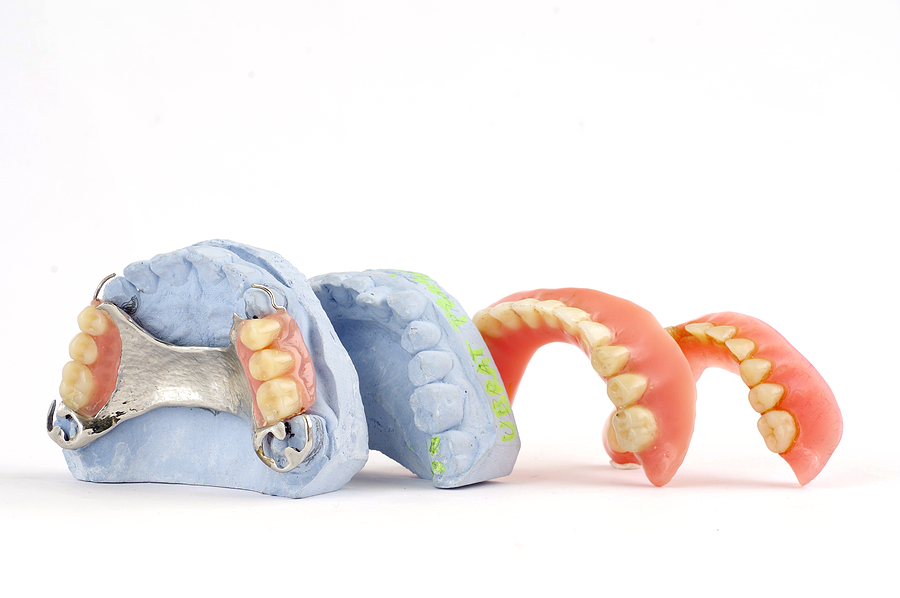![This is a thumbnail image of blog Dental Implants Are the Best Solution for Missing Teeth This is a thumbnail image of blog Dental Implants Are the Best Solution for Missing Teeth]()
Dental Implants Are the Best Solution for Missing Teeth
Nov 22, 2023![Dental Checkup in Roslyn and New York, NY Dental Checkup in Roslyn and New York, NY]()
Importance of Regular Dental Checkups: Your Path to a Healthy Smile
Apr 28, 2024![This is a thumbnail image of blog Comprehensive Guide to Dentures and Partial Dentures in New York, NY This is a thumbnail image of blog Comprehensive Guide to Dentures and Partial Dentures in New York, NY]()
Comprehensive Guide to Dentures and Partial Dentures in New York, NY
Jul 05, 2024![This is a thumbnail image of blog Caring for Your Child's Teeth: Tips for Parents on Establishing Good Oral Hygiene Habits Early This is a thumbnail image of blog Caring for Your Child's Teeth: Tips for Parents on Establishing Good Oral Hygiene Habits Early]()
Caring for Your Child's Teeth: Tips for Parents on Establishing Good Oral Hygiene Habits Early
Dec 27, 2024![Dental Implants in New York, NY Dental Implants in New York, NY]()
The Impact of Dental Implants on Jawbone Health & Facial Structure
Mar 12, 2025

Why Bone Grafting Is Important for Successful Dental Implants
Are you considering dental implants in New York? If so, you’re not alone. Many people are turning to this reliable solution for restoring their smiles and improving oral health. But have you thought about the foundation of these implants? A crucial step in ensuring their success often involves a procedure known as bone grafting.
Bone grafting is an essential component that can determine the long-term stability and durability of your dental implants. Let’s dive into why this process matters and how it sets the stage for a successful outcome. Whether you're exploring options or preparing for surgery, understanding bone grafting will empower you on your journey toward a healthier smile.
The Purpose of Bone Grafting in Dental Implants
Bone grafting plays a critical role in the world of dental implants. When you lose a tooth, it can lead to bone loss in the jaw where the tooth once resided. This deterioration weakens the structure and affects your ability to support an implant.
The primary purpose of bone grafting is to rebuild that lost bone mass. By introducing new bone material, dentists can create a solid foundation for successful implant placement.
This procedure not only stabilizes the jaw but also enhances overall oral health. Stronger bone density ensures better integration with the dental implant, promoting longevity and functionality.
Patients considering implants often find that bone grafting is essential for achieving their desired results. Without adequate bone support, implants may fail or result in complications down the line.
Types of Bone Grafting Procedures
Bone grafting procedures vary based on individual needs and the extent of bone loss.
- Autografts involve using bone taken from the patient's own body, often harvested from the jaw or hip. This method promotes strong integration with existing bone tissue.
- Allografts utilize donor bone sourced from cadavers. Sterilized and processed, these grafts provide a reliable option for those lacking sufficient natural material.
- Xenografts come from animal sources, usually bovine. They act as scaffolding for new bone growth while being gradually replaced by the patient’s own cells.
- Synthetic options are also available, including biocompatible materials that mimic natural bone structure. These encourage regeneration without relying on human or animal tissues.
The choice of procedure depends on factors like overall health, location of loss, and personal preferences. Consulting with a dental professional ensures an informed decision tailored to each patient's unique situation.
Benefits of Bone Grafting for Dental Implants
Bone grafting offers several advantages for individuals seeking dental implants.
- One of the primary benefits is enhanced stability. A strong and healthy bone structure provides a solid foundation, ensuring that the implant will remain secure over time.
- Additionally, bone grafting can improve aesthetics. It helps maintain facial contours by preventing bone loss, which often occurs after tooth extraction. This preservation contributes to a more natural appearance.
- The procedure also expands candidates for dental implants. Many people who may have been deemed unsuitable due to insufficient jawbone can benefit from grafting techniques.
- Moreover, successful integration of the implant into the jaw relies on adequate bone density and volume. Bone grafts promote healing and encourage new bone formation around the implant site.
- Patients often report reduced discomfort during recovery when their jaw health is prioritized through these preparatory measures. All these factors make it an essential step in achieving lasting results with dental implants. Contact us to learn more.
Recovery and Aftercare Tips
After your bone grafting procedure, it’s crucial to prioritize recovery. Rest is key. Allow your body time to heal properly.
- Follow your dentist's instructions closely regarding medication and pain management. This will help minimize discomfort and prevent any complications.
- Soft foods are your best friend in the initial days after surgery. Think yogurt, smoothies, and soups—anything easy on that healing area.
- Maintain excellent oral hygiene, but be gentle around the surgical site. Rinsing with warm salt water can aid in keeping the area clean without causing irritation.
- Stay hydrated as well; this supports overall healing and keeps you feeling great during recovery.
- Avoid strenuous activities for a few weeks post-surgery. Light walks are fine, but don’t push yourself too hard just yet.
- Pay attention to any unusual symptoms like excessive swelling or bleeding. If something doesn’t feel right, reach out to your dental professional immediately for guidance.
Conclusion: The Importance of Bone Grafting for Successful Dental Implants
Bone grafting plays a crucial role in the success of dental implants. For many patients, it is an essential step to ensure that their new teeth are supported by strong and healthy bone structures. Without adequate bone density or volume, dental implants may fail or become unstable over time.
The process of bone grafting not only prepares the jaw for implant placement but also enhances overall oral health. It fosters a solid foundation, allowing for better integration of the implants and promoting longevity. Additionally, with various types of procedures available, dentists can tailor solutions to meet individual needs.
Patients who undergo successful bone grafts often report improved function and aesthetics after receiving their dental implants. Aftercare practices further contribute to positive outcomes and minimize complications during recovery.
Investing in bone grafting when necessary paves the way for a more predictable and satisfying outcome with dental implants. The benefits far outweigh any temporary discomfort associated with the procedure itself. By considering this vital component, individuals can embrace their restored smiles confidently while enjoying all aspects of life without hesitation.
To learn more about our dental services, visit us at 630 5th Avenue Suite 1815, New York, New York 10111 or call our office at (212) 969-9490.
Locations
630 5th Avenue Suite 1815, New York, New York 10111
Phone: (212) 969-9490
Email: info.nyc@toothdocsdental.com
- MON - FRI9:00 am - 5:00 pm
- SAT9:00 am - 4:00 pm
- SUNClosed
1044 Northern Blvd., Suite 106, Roslyn, New York 11576
Phone: (516) 625-0088
Email: info.roslyn@toothdocsdental.com
- MON9:00 am - 6:00 pm
- TUE9:00 am - 5:00 pm
- WED9:00 am - 6:00 pm
- THU - FRI9:00 am - 5:00 pm
- SAT - SUNClosed














comments